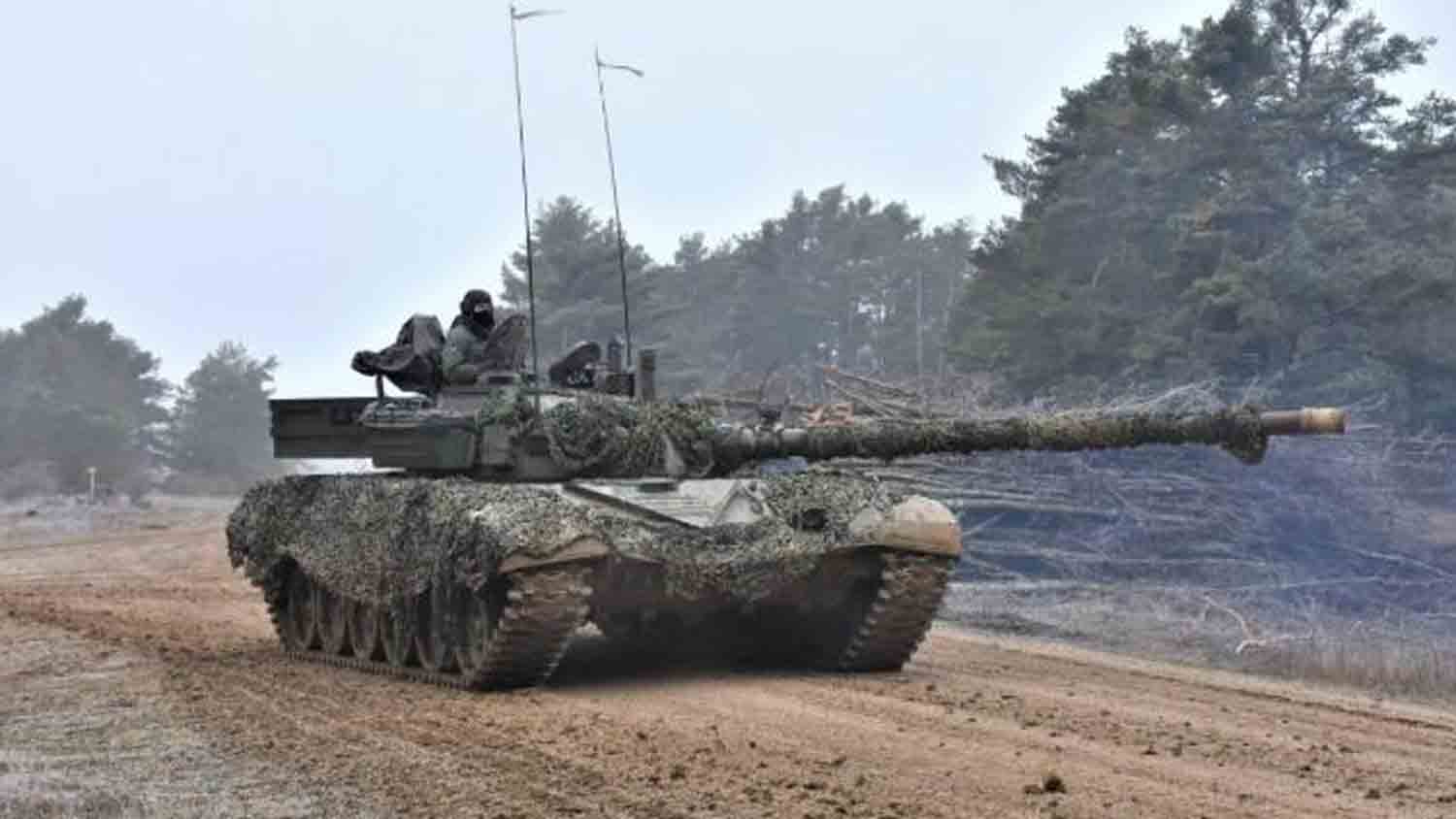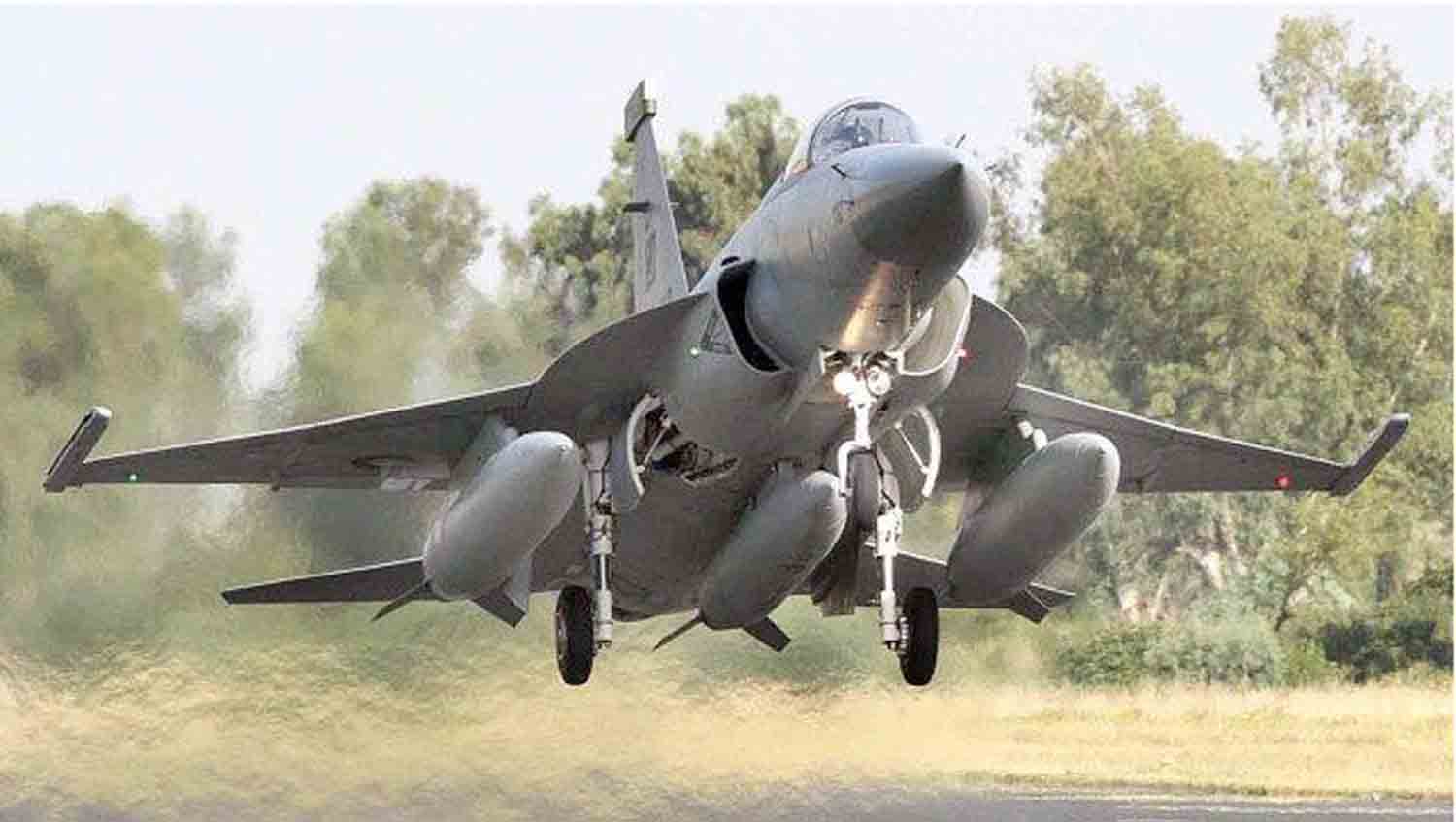The Indian Ministry of Defense has concluded a $248 million agreement with Russia’s state-owned Rosoboronexport to acquire advanced engines for its T-72 tank fleet, representing a crucial advancement in the modernization of one of the Indian Army’s key armored platforms.
The contract, signed on March 7, 2025, involves the provision of 1,000-horsepower engines intended to replace the current 780-horsepower units that power the T-72s, thereby enhancing battlefield mobility and operational efficiency.
In addition to the hardware procurement, the agreement includes a technology transfer to India’s Armoured Vehicles Nigam Limited in Avadi, Chennai, supporting the country’s “Make in India” initiative aimed at strengthening domestic defense manufacturing capabilities.
This development occurs within a context of changing global dynamics, as India balances its longstanding defense relationship with Russia while increasingly engaging with Western allies such as the United States. The decision to upgrade the T-72 fleet, a Soviet-era model that has been a cornerstone of India’s armored forces since the late 1970s, illustrates a pragmatic strategy for sustaining a strong military presence.
The new engines will be delivered in fully assembled, semi-knocked-down, and completely knocked-down formats, enhancing the approximately 2,400 T-72 tanks in India’s inventory with improved power and reliability, ensuring their effectiveness in modern combat situations.
The roots of this agreement lie in India’s strategic needs and the evolving requirements of its military. The T-72, which was first introduced during the Cold War, has seen numerous upgrades over the years to maintain its status as a valuable asset.
The original 780-horsepower engine, while functional, has increasingly fallen short of contemporary standards, especially in demanding terrains such as the deserts of Rajasthan and the elevated regions of Ladakh, where Indian forces have encountered adversaries in recent years.
The 2020 confrontation with China along the Line of Actual Control highlighted the necessity for improved mobility, leading the Army to deploy both T-72 and T-90 tanks in the area. The introduction of new 1,000-horsepower engines is anticipated to overcome these challenges, providing enhanced speed, endurance, and the capability to navigate varied landscapes.
In addition to the technical advancements, the agreement with Russia has significant implications for India’s defense framework. The technology transfer to Armoured Vehicles Nigam Limited, a government-owned entity under the Heavy Vehicle Factory, is a key aspect of this arrangement.
This initiative will allow India to locally integrate the engines and eventually manufacture them under license, thereby decreasing reliance on foreign suppliers over time. Officials from the Ministry of Defense have highlighted that this initiative bolsters the “Make in India” campaign, a flagship policy designed to promote self-sufficiency in essential sectors.
By establishing a domestic production line for these engines, India seeks to enhance maintenance efficiency, reduce costs, and cultivate expertise that could be applied to future armored vehicle initiatives.
India’s T-72 fleet boasts a rich history, mirroring the country’s military engagements and strategic objectives. First introduced in the late 1970s, these tanks were deployed by the Indian Peacekeeping Force in Sri Lanka during the late 1980s, successfully navigating the challenging jungles of Jaffna. More recently, they have been utilized in high-altitude regions like Ladakh, where their adaptability has been tested against both environmental and operational challenges.
In 2024, a significant event occurred when a T-72 tank sank during a river-crossing exercise in Ladakh due to sudden flash floods, leading to the tragic loss of five soldiers. This incident underscored the dangers associated with operating outdated equipment in harsh environments. Although the recent engine upgrade does not directly prevent such occurrences, it reflects a commitment to modernizing the fleet for enhanced durability.
This agreement also highlights the intricate dynamics of India’s relationship with Russia, its longest-standing and most reliable defense partner. More than 60% of India’s military arsenal is derived from Soviet or Russian sources, including the T-72 and its successor, the T-90, of which over 1,300 units have been integrated into the Indian military.
The timing of this contract is notable, coming shortly after Prime Minister Narendra Modi’s visit to the United States, where he and President Donald Trump discussed expanding defense collaboration, including the potential co-production of Javelin anti-tank missiles and Stryker infantry combat vehicles. This contrast illustrates India’s strategy of multi-alignment, balancing its historical connections with Moscow against an increasingly robust partnership with Washington.
Russia’s involvement in this deal is facilitated by Rosoboronexport, the state-owned arms exporter that has historically been a key player in military trade with India. The new 1,000-horsepower engines, likely variants of the V-92S2F model utilized in contemporary Russian tanks, represent established technology designed for challenging conditions.
The engines will be delivered in various assembly states—fully assembled, semi-knocked-down, and completely knocked-down—providing India with the flexibility to focus on immediate operational needs while simultaneously developing long-term manufacturing capabilities. This phased delivery approach is reminiscent of past collaborations, such as the licensed production of T-90 tanks at Avadi, which has significantly enhanced India’s armored forces over the last twenty years.
India continues to rely on the T-72 as a key component of its armored forces while simultaneously preparing for future advancements. The Army intends to retire its outdated Soviet-era tanks by 2030, transitioning to Future Ready Combat Vehicles that are tailored for modern warfare. The engine upgrade for the T-72 serves as a temporary solution, prolonging its operational lifespan during this transition to more sophisticated platforms.
This strategy illustrates the challenges of modernizing a large military force, as it seeks to address immediate operational requirements while pursuing long-term goals. The upgraded T-72s will work in conjunction with the T-90 fleet, which is already equipped with superior engines and advanced electronic systems, ensuring a robust deterrent along India’s disputed borders.
The significance of the new engines is substantial. With an output of 1,000 horsepower, the T-72s will experience enhanced acceleration and climbing capabilities, which are essential for swift maneuvers in combat situations. In the plains and deserts, where armored engagements typically occur, this enhancement will bolster India’s power projection.
In high-altitude regions such as Ladakh, where engine performance is compromised by thinner air, the additional power could be crucial for maintaining tactical advantages. The Ministry of Defense has indicated that these upgrades will significantly enhance the offensive capabilities of the Indian Army, ensuring that the T-72 remains a potent asset against potential adversaries.
From an economic perspective, this initiative aligns with India’s goals for industrial development. The Heavy Vehicle Factory in Avadi, a center for tank manufacturing, is poised to gain from the introduction of new technology and expertise. The local production of engines could generate employment, stimulate innovation, and lessen dependence on imported components, which has long been a logistical challenge for India’s military.
The $248 million investment, which is approximately 2,156 crore rupees, signifies a substantial commitment. Officials maintain that this investment will provide significant returns through improved security and enhanced industrial capabilities. However, critics may question the rationale behind investing in an outdated platform when funds could be directed towards accelerating the transition to more modern systems.
From a geopolitical perspective, this agreement underscores India’s balanced approach in a divided global landscape. While the United States has encouraged India to lessen its dependence on Russian military equipment—highlighted by Trump’s offer of F-35 jets and increased military sales set to begin in 2025—New Delhi remains focused on maintaining operational continuity.
Russia’s readiness to share technology, which is uncommon among major arms suppliers, is a crucial element of this longstanding partnership. Concurrently, India’s collaboration with European and American manufacturers indicates a strategy of diversification, ensuring that it does not become overly reliant on any single country.
For the Indian Army, the primary objective is integration. Retrofitting thousands of T-72 tanks with new engines will necessitate careful planning, including crew training and adjustments to maintenance procedures. The staggered delivery of engines in various assembly states provides a practical timeline, enabling units to upgrade progressively without compromising operational readiness.
The Army’s experience with T-90 production indicates that it is well-prepared for this transition, although the size of the T-72 fleet presents a distinct challenge. Achieving success in this endeavor could establish a benchmark for future upgrades across India’s extensive inventory of legacy systems.
The broader implications of this deal highlight a nation at a pivotal moment. India’s military modernization extends beyond mere hardware; it is about asserting its position in a changing global order. The T-72 upgrade, while incremental, reflects India’s capacity to adapt, utilizing established alliances to confront new challenges.
Discover more from Defence Talks | Defense News Hub, Military Updates, Security Insights
Subscribe to get the latest posts sent to your email.





